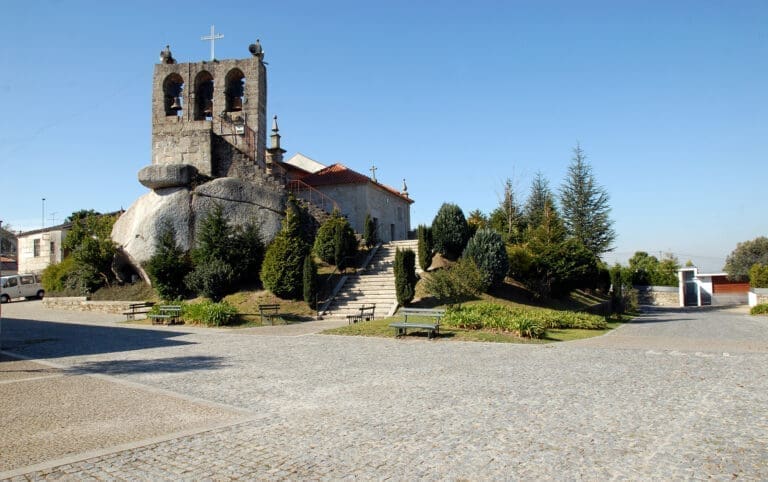The 19th century marked the lands of Fafe, especially with the strong incidence of emigration to Brazil, then the most suitable land, in search of fortune.
Many of these emigrants would bring their savings to Fafe, investing them in the construction of beautiful buildings and mansions.
The “houses of Brazilians traveling again” are one of the striking features of the urban planning of the city of Fafe and constitute one of its most beloved and attractive ex-libris. The architecture of this period has been, from the beginning, a symbol of affirmation, prestige and personal wealth of the owner.
Basically, they are large mansions, some of them surrounded by “tropical” gardens, with the inevitable palm tree mixed with fruit trees. They stand out for their wide facades, covered with beautiful multicoloured tiles, with numerous doors and windows, with a considerable height of ceilings. The narrow balconies, almost always along the entire width of the building, have abundantly decorated wrought or cast iron railings.
There are also several examples of painted tile eaves, usually in blue.
A fundamental element in “Brazilian” architecture is the indispensable skylight, the ultimate symbol of this type of construction, which tops the roof and illuminates the interior stairs.

 Fafe, Northern Portugal
Fafe, Northern Portugal







